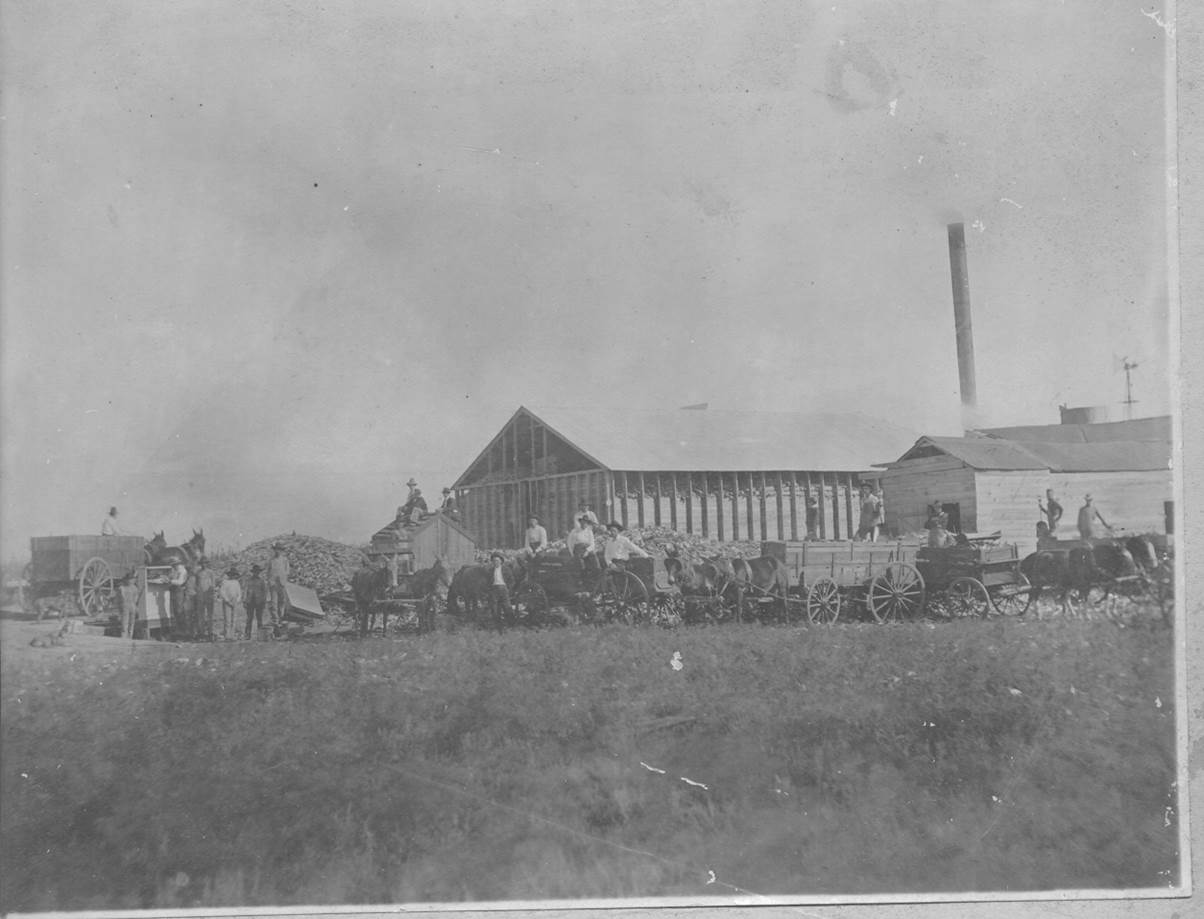Sulphur Town History
Sulphur, located in the Arbuckle Mountains, county seat of Murray County is situated at the intersection of U.S. 177 and State Highway 7, eighty-four miles southeast of Oklahoma City.
Sulphur, named for the numerous sulfur wells and springs, was first discovered by the indigenous peoples of the southern plains, and was known as a place of healing waters. The Vendome Well is the largest artesian well in Oklahoma.
Noah Lael, the son-in-law of Chickasaw Governor Cyrus Harris, the mail carrier in the early 1870s, built the first house in 1878 in the area of the Pavilion Springs. Lael sold his improvements for $350 to Perry Froman, also an intermarried Chickasaw, in 1882 where Froman grazed up to 15,000 head of cattle a year.
Fame of the curative powers of the mineral springs spread and people came as the influx of white settlers in the Chickasaw Nation mounted in the 1880's and 1890's. The first store was established about 1885 and Sulphur Springs, began to develop. The post office was established on Oct.2, 1895 with William J. Bloomer the first postmaster.
Around 1890, Richard A. Sneed, a lawyer and farmer and future Oklahoma secretary of state and state treasurer organized the Sulphur Springs Company. The company sold stock and bought 640 acres for $2,500 from Froman. The company built a clubhouse near the Pavilion Springs and later sold it as a hotel known as the White Sulphur Inn.
A townsite was platted and hotels were built. In 1899 the first newspaper, The Sulphur Headlight, began publication. Teddy Ellis built the first telephone exchange in 1900. Dr. George Slover was the first customer asking for the number 11.
In 1902 the Sulphur Springs Railroad was built to Scullin, six miles east, to tie into the newly built Frisco Railroad. This new line brought visitors by the thousands to the new town and the health giving waters.
In 1902 the U.S. Government and the Chickasaw Nation agreed the springs would be preserved and the area became know as The Sulphur Springs Reservation, renamed Platt National Park, later renamed Chickasaw National Recreational Area. The people and buildings had to move. Some moved west across Rock Creek and others moved to the hill north of the springs. Again in 1904 the government added 200 more acres to the reservation and those living in the area had to move again.
This event created the “East Sulphur” and “West Sulphur” communities with each side vying for dominance. Violent confrontations ensued until the Washington Bridge was built across Rock Creek in 1909 where a hatchet for peace and a horseshoe for prosperity were buried in the bridge.
In reconciliation, the community decided to build the city hall on the east side and the court house on the west side. One elementary school was built on each side and the high school in the middle on the bank of Rock Creek.
The first public school in Sulphur opened in 1904 with the Oklahoma School for the Deaf opening in 1908. The Soldiers Tuberculosis Sanitarium (Oklahoma Veterans Center) opened in 1922.
Tourism is still a very important part of the economy with Sulphur located near Turner Falls, Lake of the Arbuckles and myriad youth and church camps. Oil, gas, stone products, asphalt, silica sand, lead and zinc have also been important to the economy.
The population, in 1907 (2,935), 1930 (4,292), 1960 (4,737), 1980 (5,516), 2000 (4,794), has remained relatively consistent. The Historic downtown Sulphur Commercial District (NR 01000662) the Murray County Courthouse (NR 84003352), and the Sulphur Amory (NR 94000487) are listed on the national Register of Historic Places.

Brickyard Sulphur OK
Contributed by Dennis Muncrief - October, 2003.